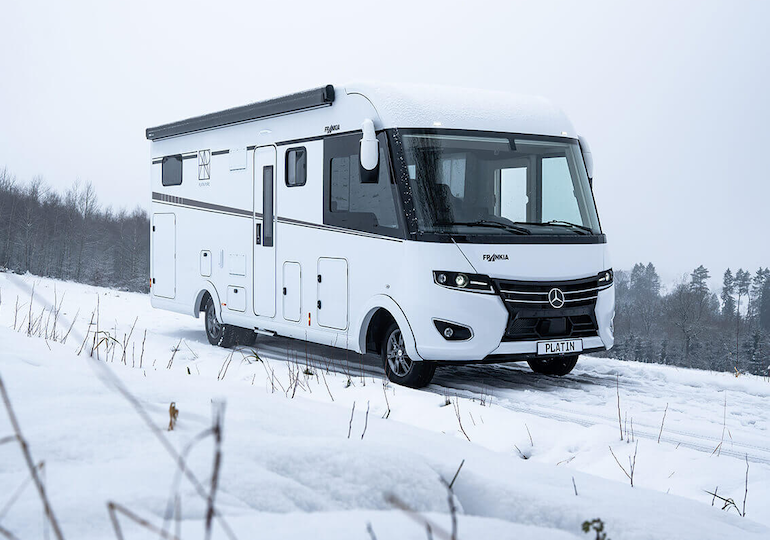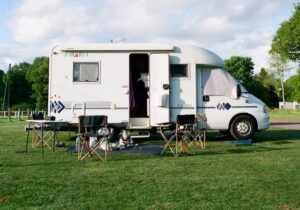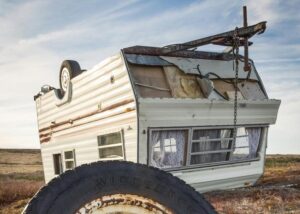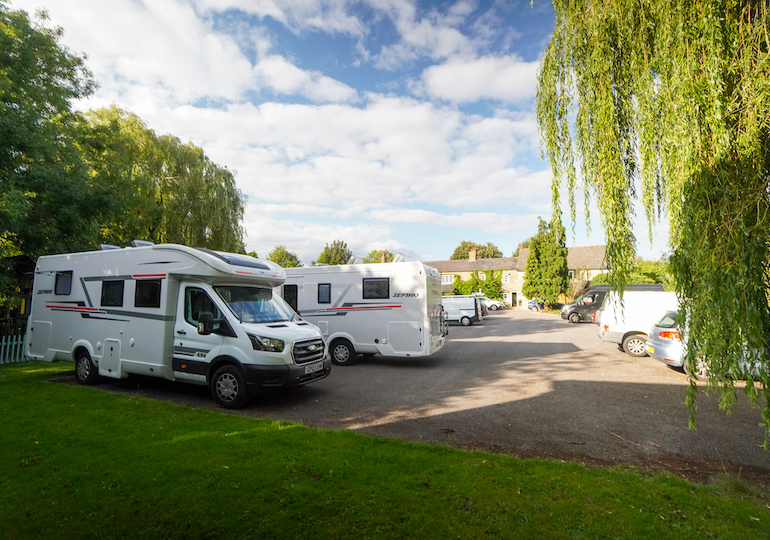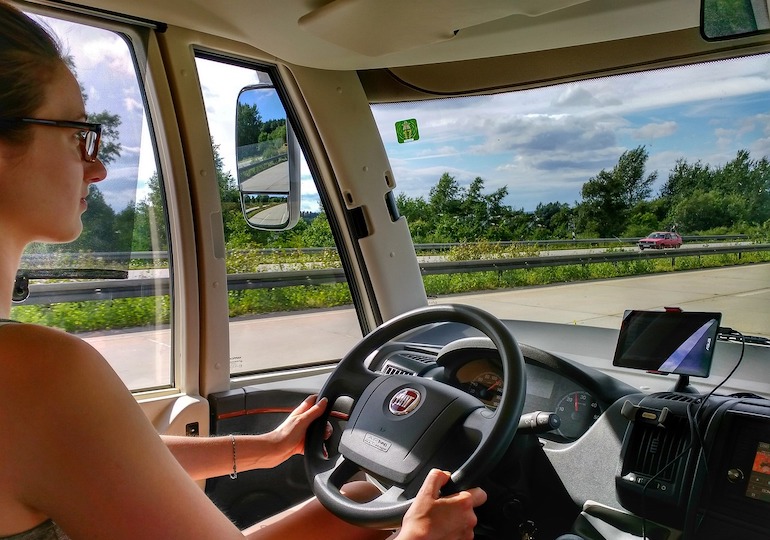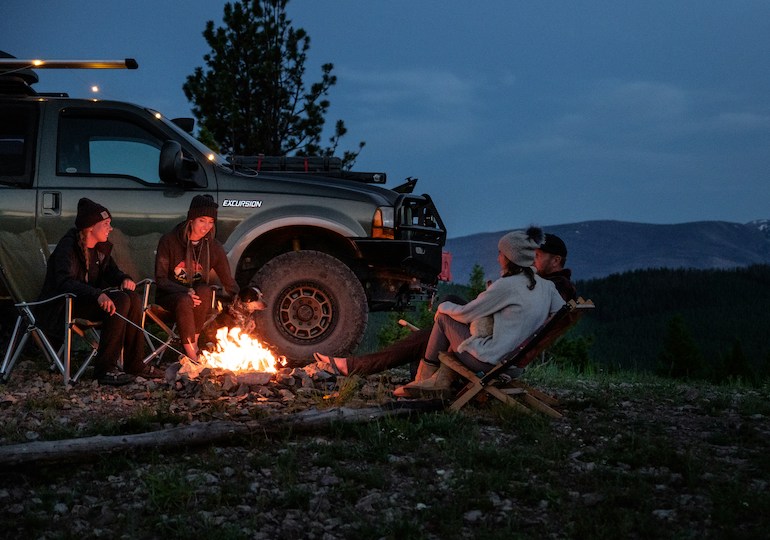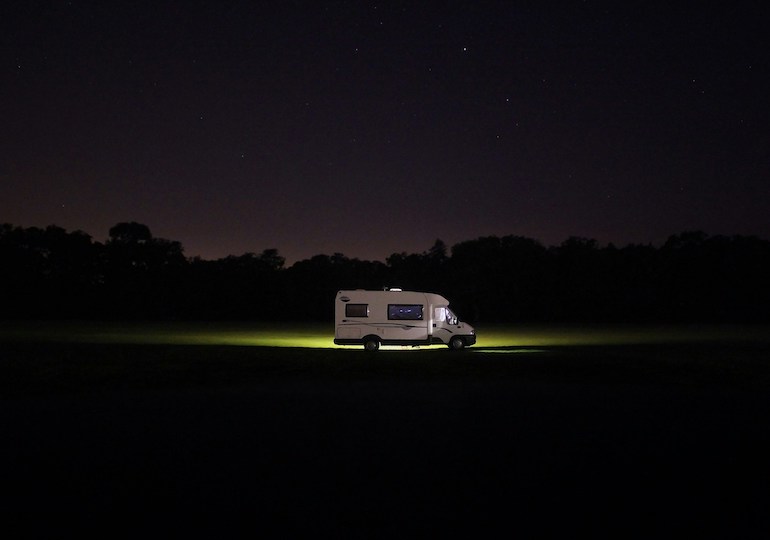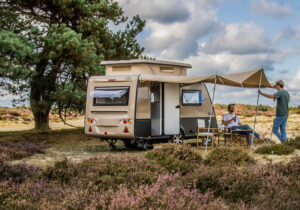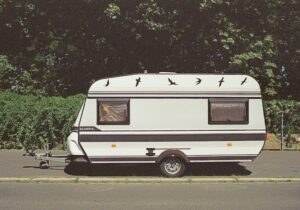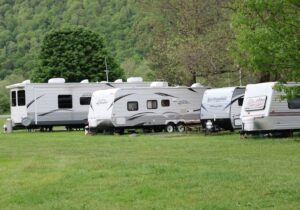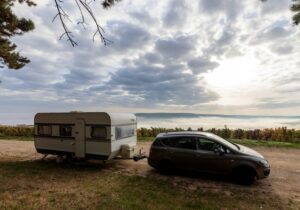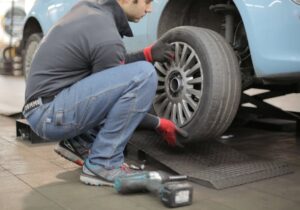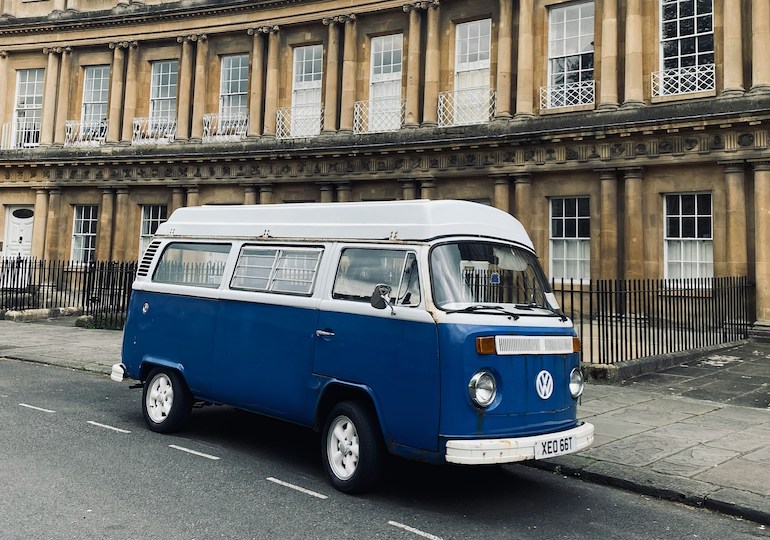Dan Cartwright has over 12 years of experience in the caravan and motorhome industry. He is a judge for a number of prestigious leisure vehicle awards and regularly heads off in his motorhome with his family. Every week, Dan shares his insights with the community. Here’s what he has to say this week.
When judging the Caravan and Motorhome Club’s Motorhome and Campervan Design Awards 2024, it was clear that one of the biggest advances was in off-grid capabilities. You may love your site and your electric hook-up, but there’s a huge push from both an intrepid consumer base and the industry to provide more off-grid functionality.
Such capabilities have been rapidly expanding over the last five years or more, due to advancements in things like solar panels, fast-charging systems, lithium ion battery packs, converters and more functional monitoring systems. They mean better ways to charge, bigger batteries and the ability to know how much charge you have left.
There’s also a slight move to electric-only appliances, such as condenser refrigerators, and diesel heating hot water systems. All of these elements are contributing to the ability for motorhome owners to spend more time away from traditional sites, exploring off the beaten track.
What type of leisure vehicle lets you go off grid for the longest?
Apart from cost, the main things you have to look at when going off grid are all to do with the battery. These include ways of charging it, the size and space it takes up, and safety considerations like ventilation for the device. The surprising answer to the question of which motorhome best serves these off-grid needs is probably a huge, expensive A-class.
This will shock everybody, because nobody thinks of these as potentially being the leisure vehicles capable of going off grid for the longest. However, they have a huge surface area on the roof that can host up to six 200-watt solar panels, which are incredibly effective charging methods if you’re somewhere hot.
Additionally, they often have large, well-ventilated garage spaces where you can drop a lithium battery with a cage around it to ensure there’s plenty of space for ventilation. If you think about it, whether you’re a family or a couple, just because you’re in a big motorhome doesn’t mean you have more cups of tea, seven fridges or eat five meals a day. The actual electrical load on a large A class is very similar per capita to the load on a small vehicle.
Potential downside of an A class as an off-grid vehicle
The only downside of the A class as an off-grid capable vehicle depends on your interpretation of off grid. If your idea of off grid is parking up on a remote beach head at the end of a two-mile gravel track, then potentially it’s not going to get there, given that it’s the size of a bus.
So, herein lies the paradox. We have to ask ourselves if there’s any solution going forward. One of the solutions is to opt for a smaller motorhome that is capable of going to more places and use the engine to charge a battery that’s not quite as large. A fast, dedicated charger from the engine to a lithium battery allows it to be charged in under an hour, which is very effective.
Depending on what you’re planning on doing, that one hour of charge could last you a couple of days off grid. With a low load, just using lights, keeping the fridge cold and watching tablets, while spending most of the day outside of the vehicle, it’s certainly a viable possibility.
The Frankia 7400 PLUS Platin Pure Edition
According to my basic calculations, the Frankia 7400 PLUS Platin Pure Edition, which was a category winner in the awards, is the best off-grid option. With a 300 Ah-LiFePo battery, three 115-watt solar system panels and a power charging booster option, you could be all set to hit the open road.
Photo credit: Frankia

